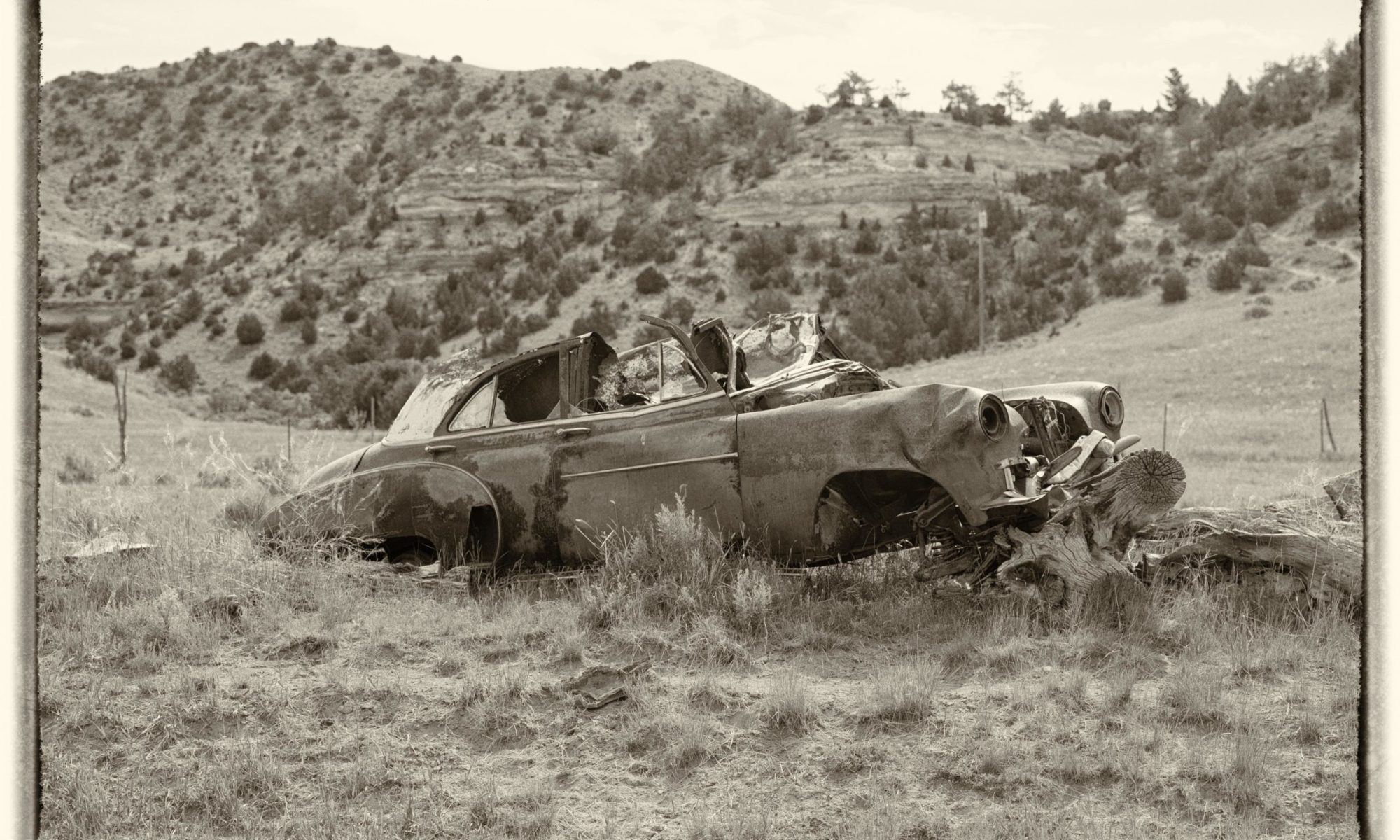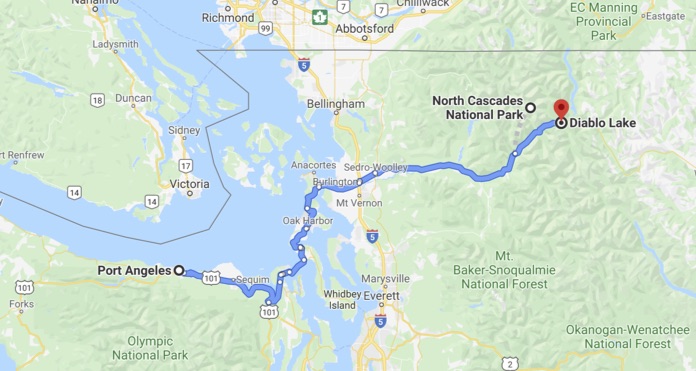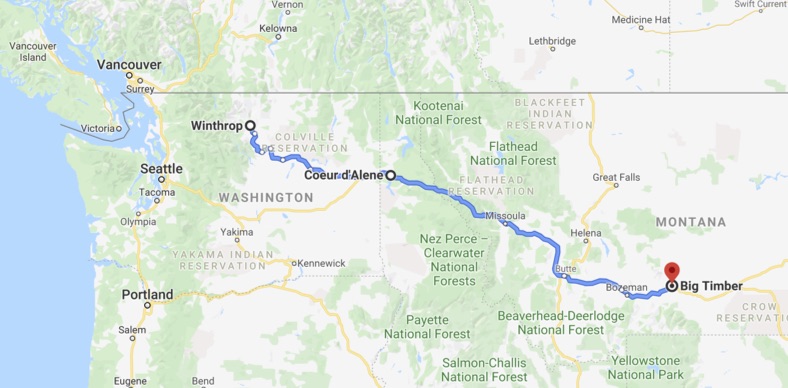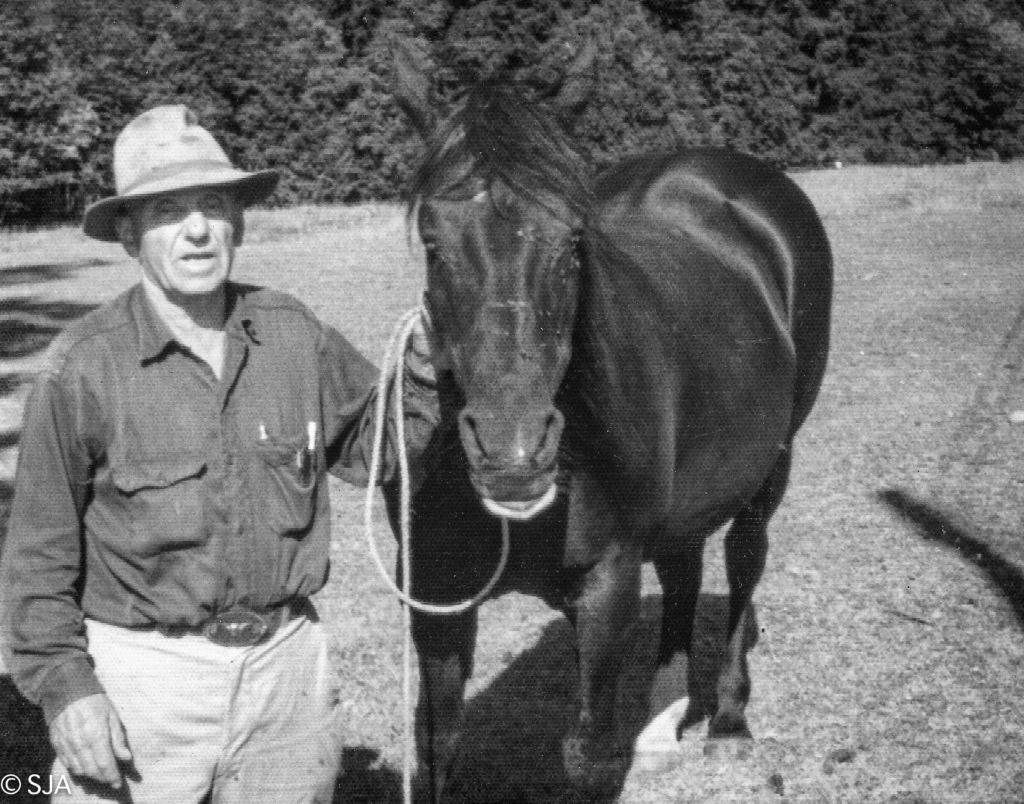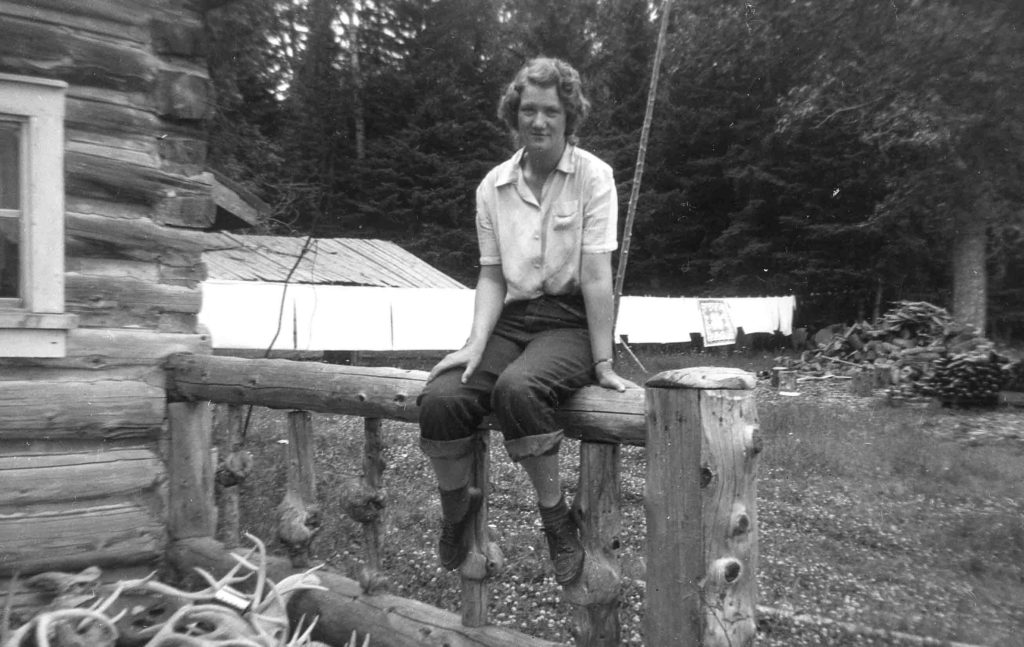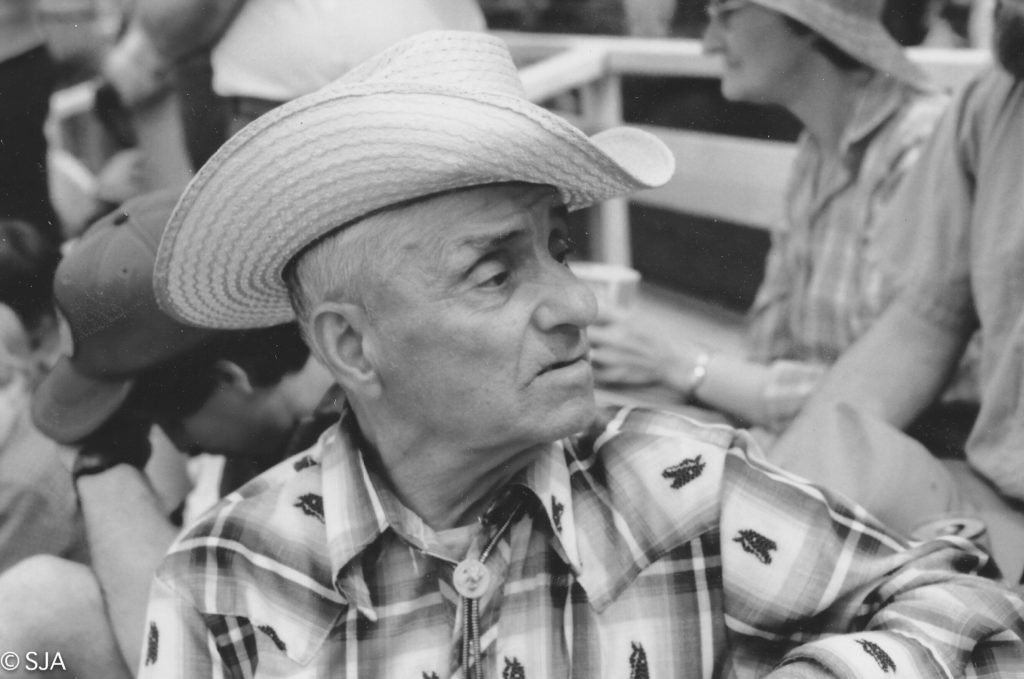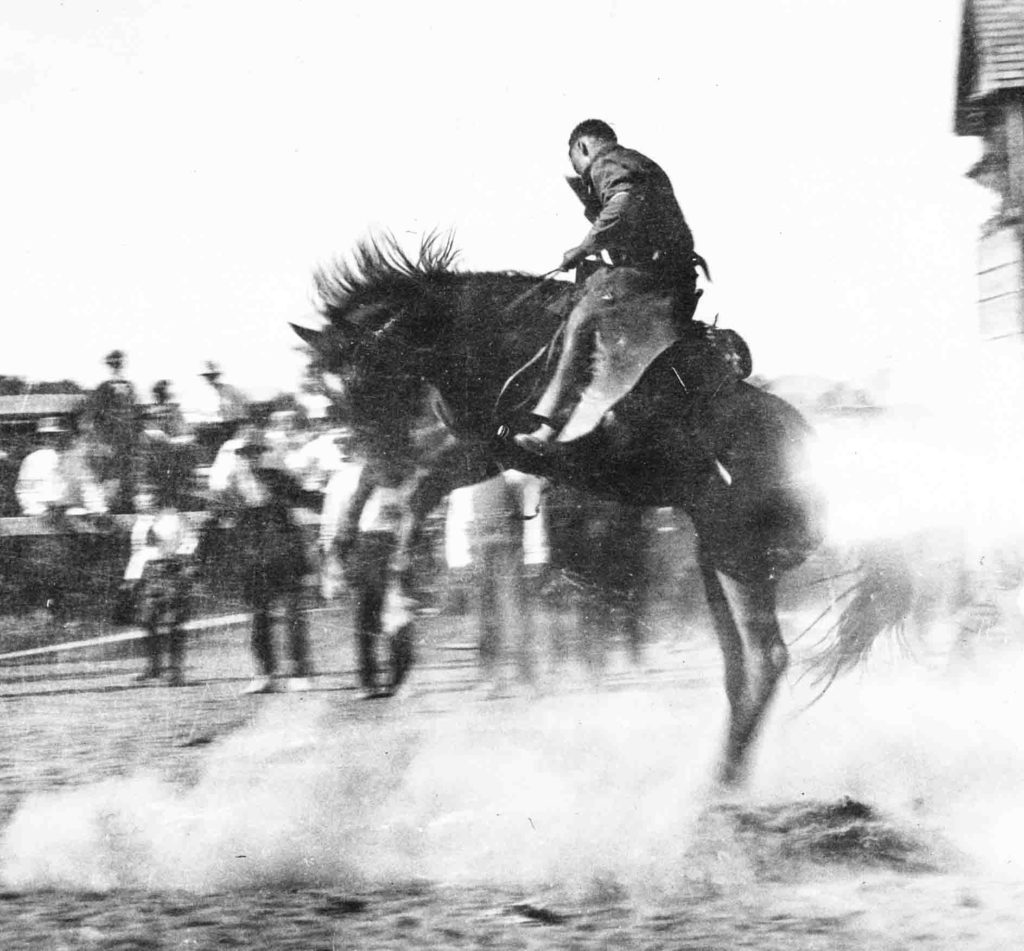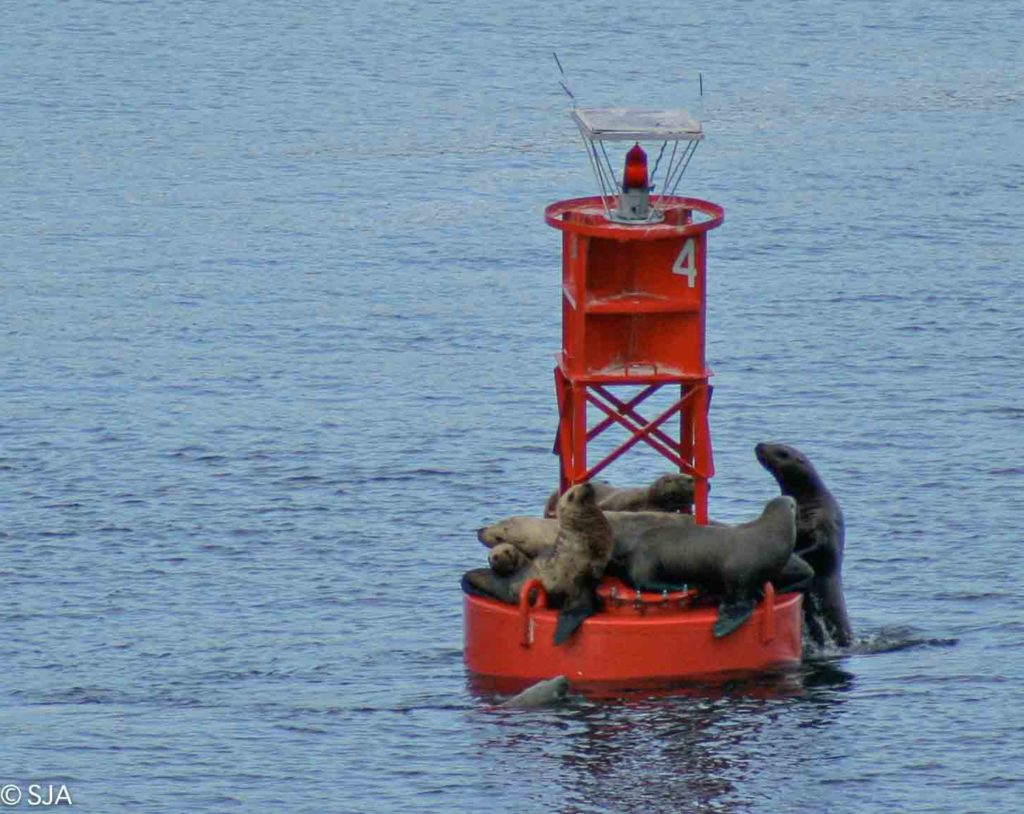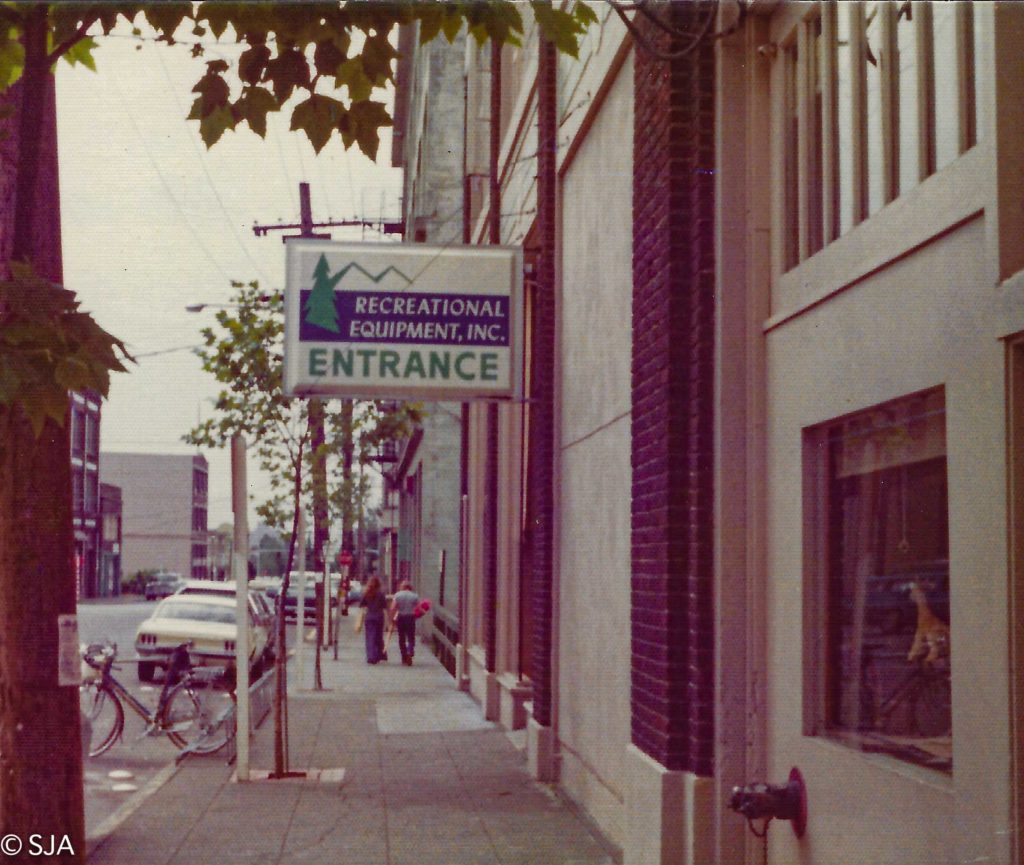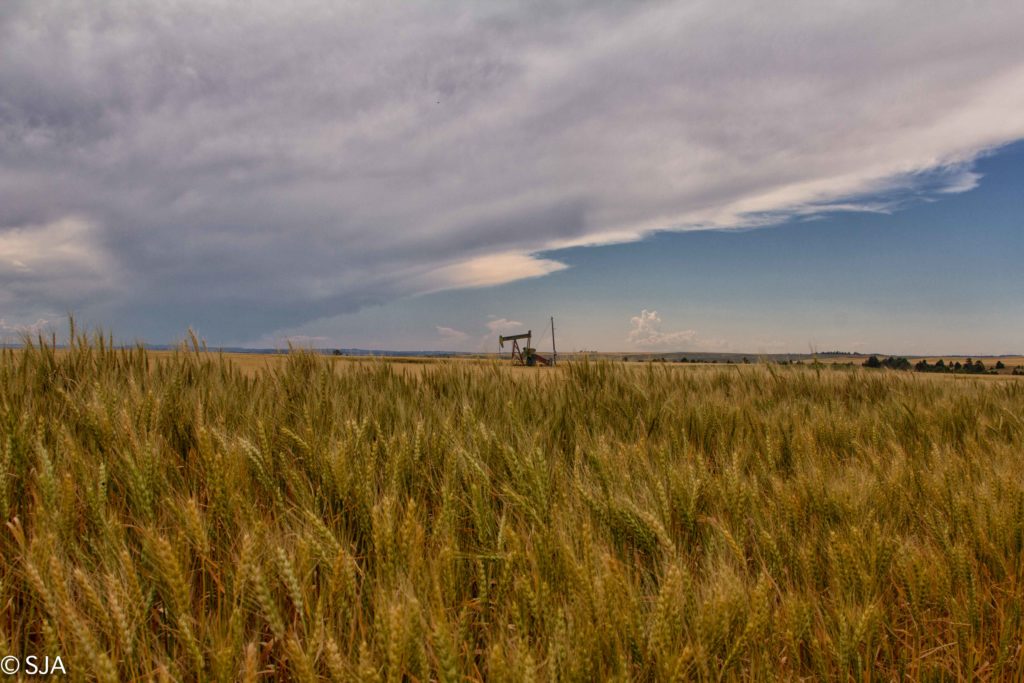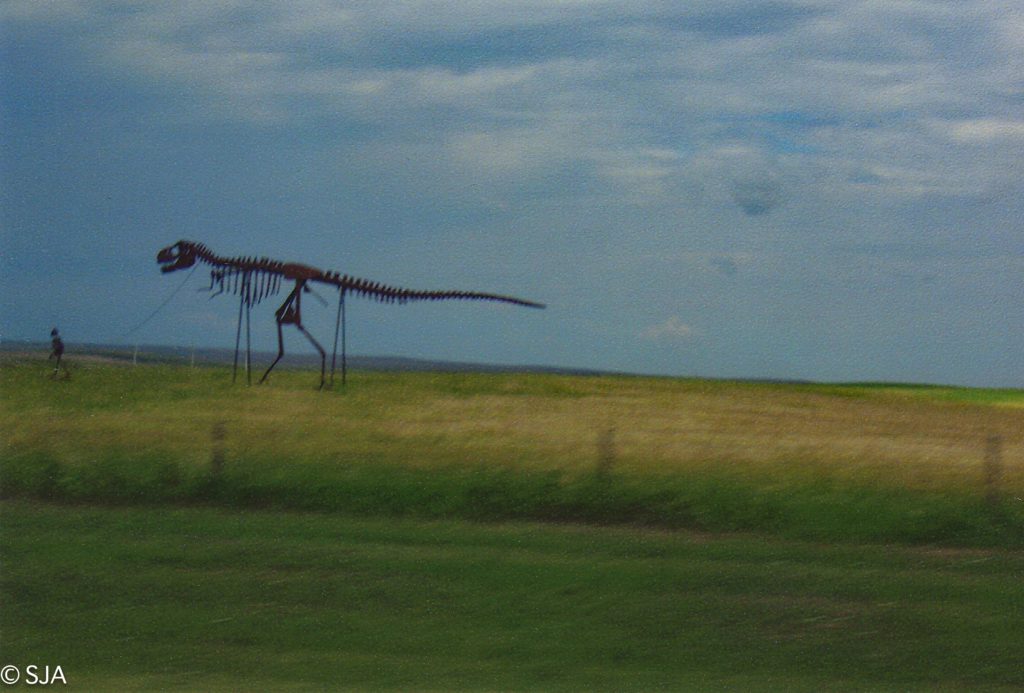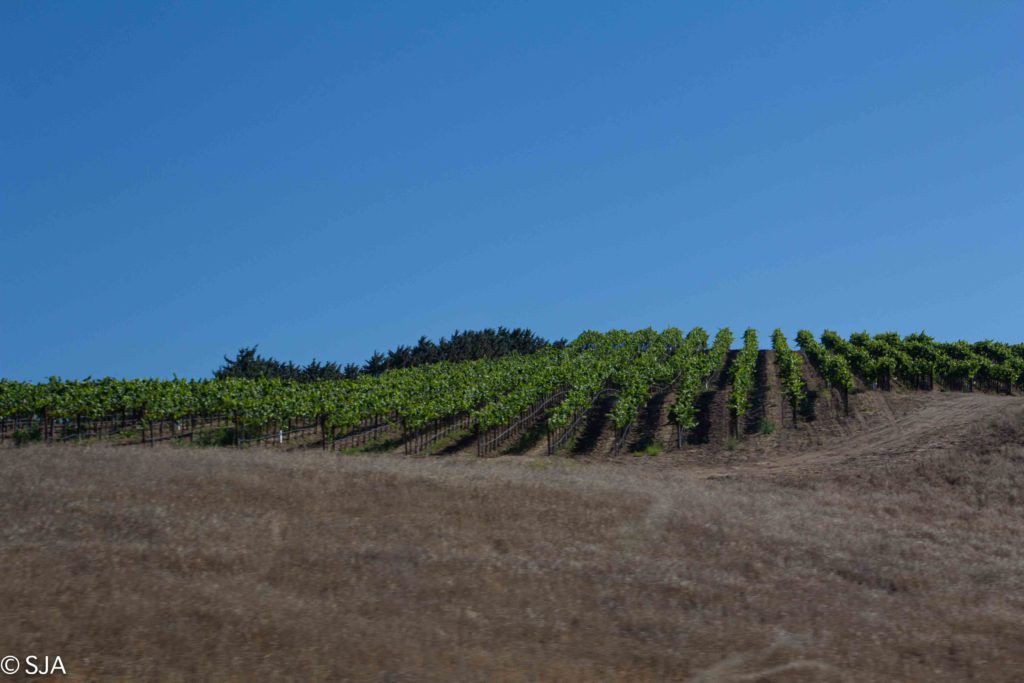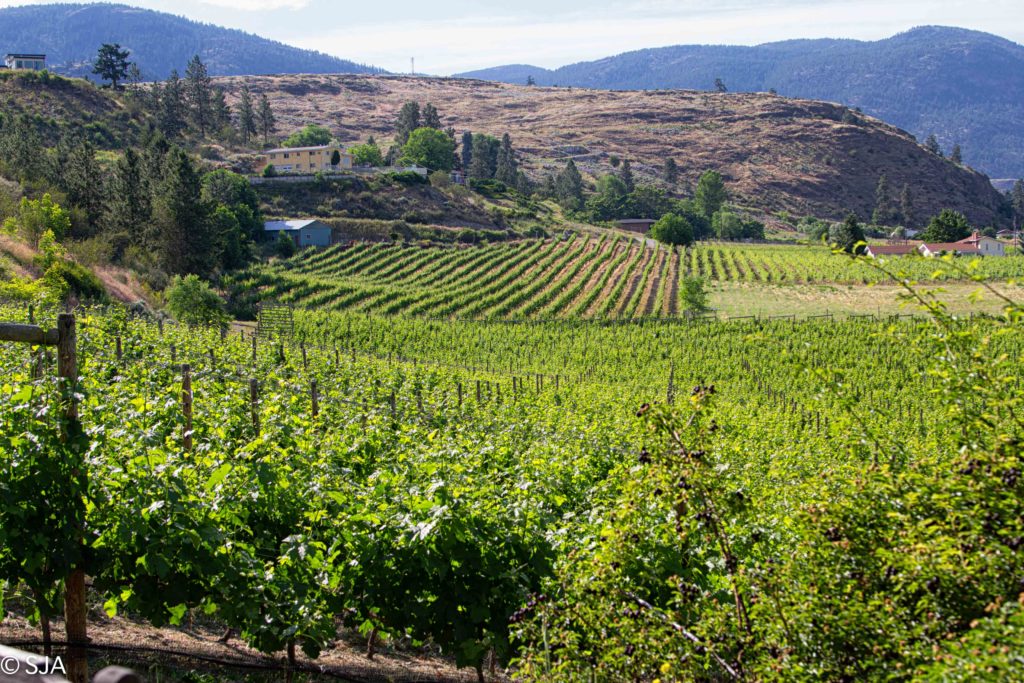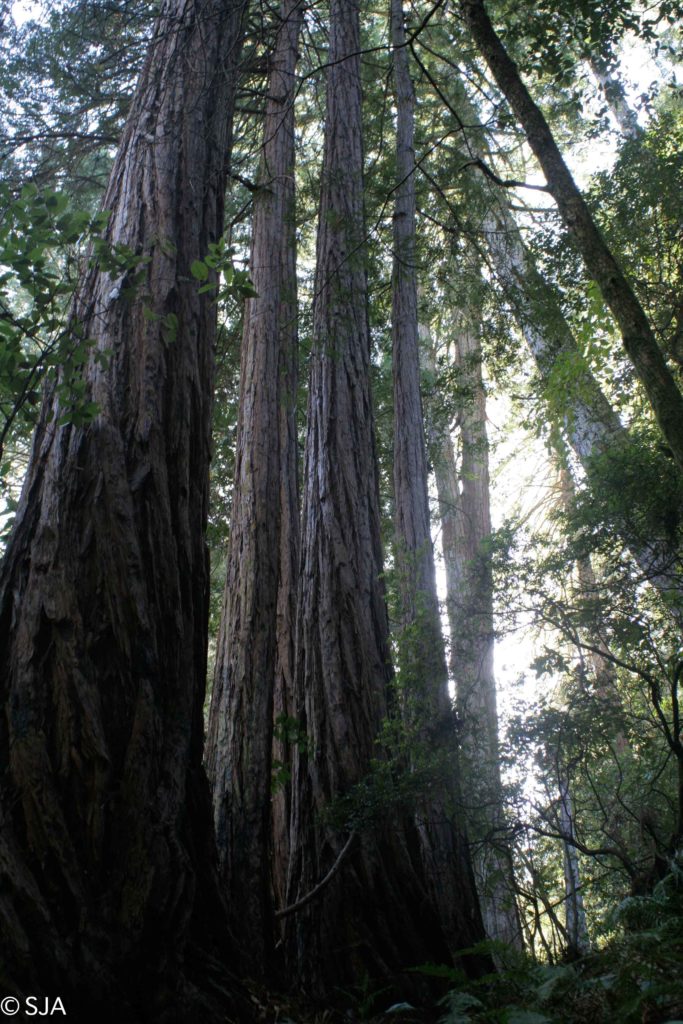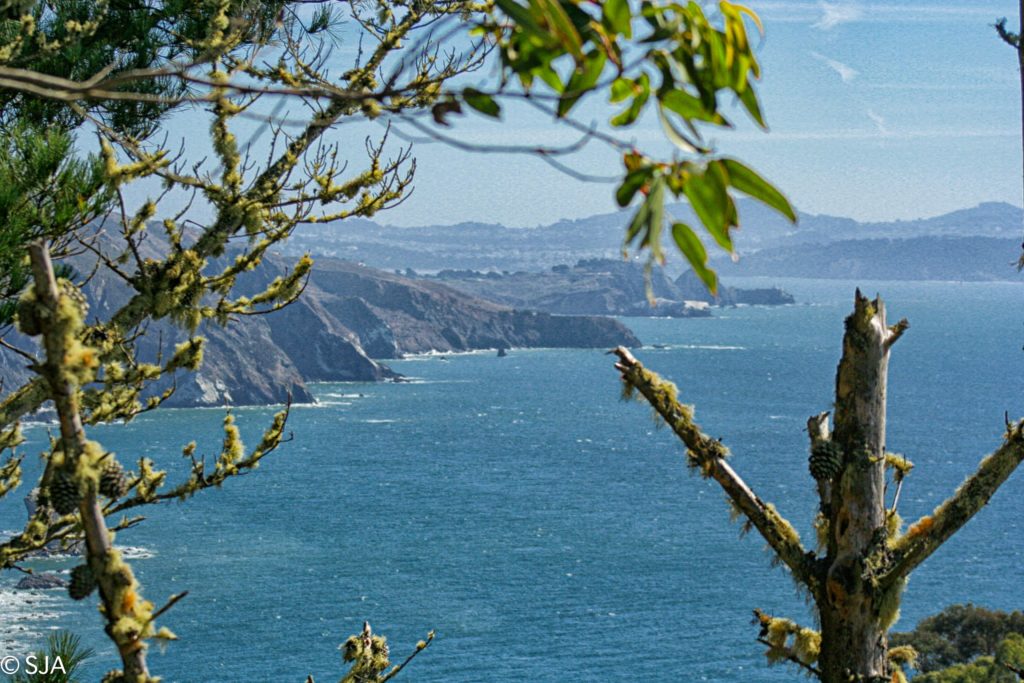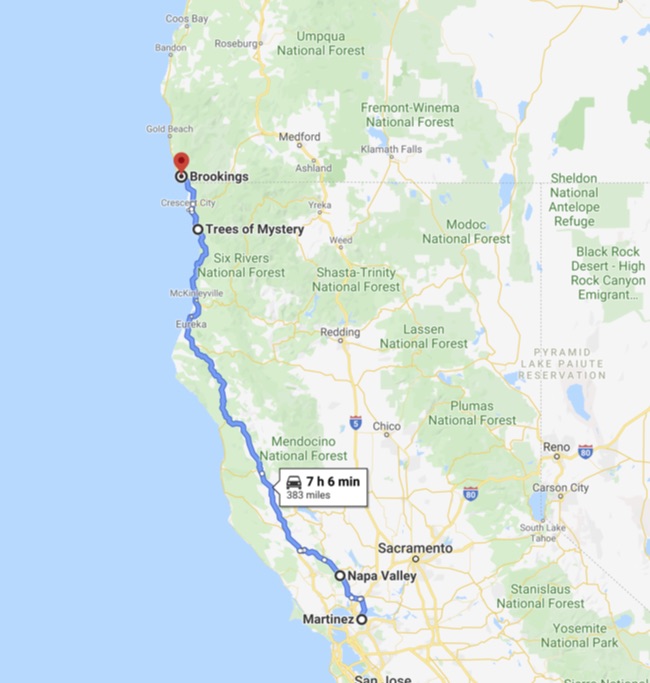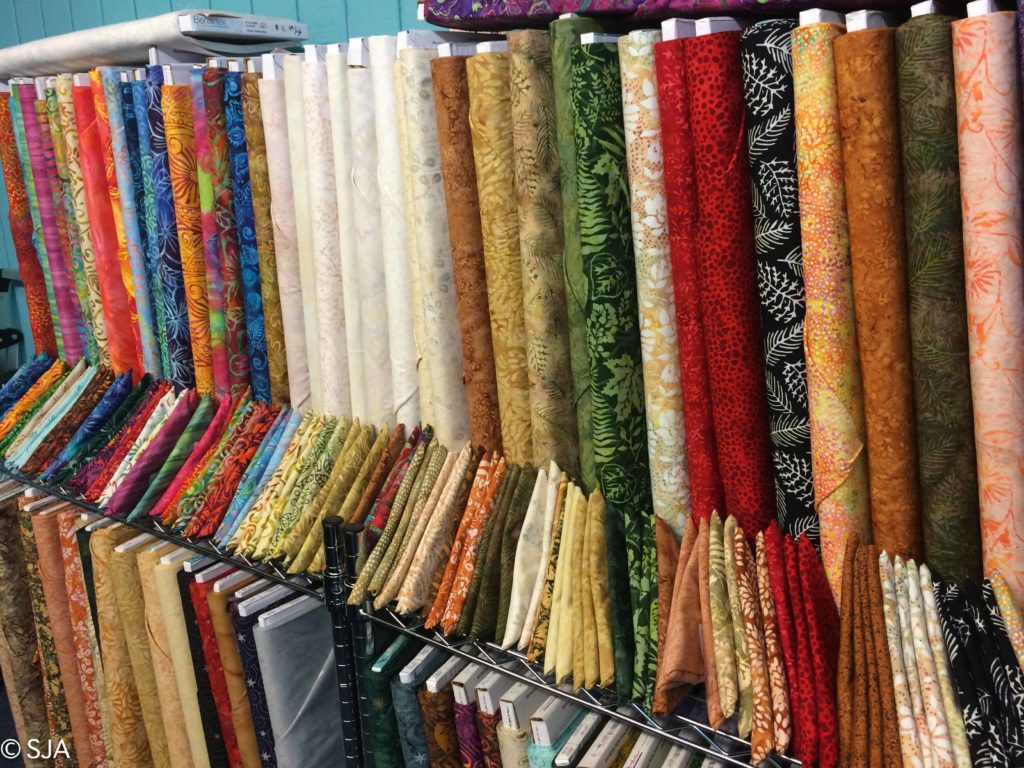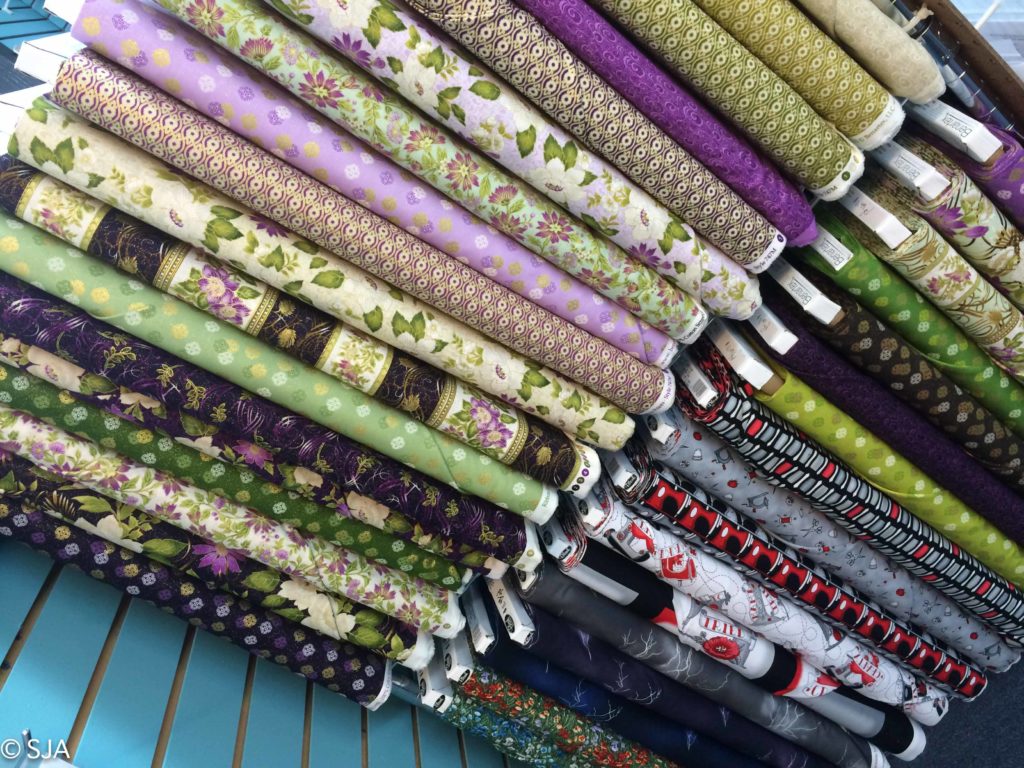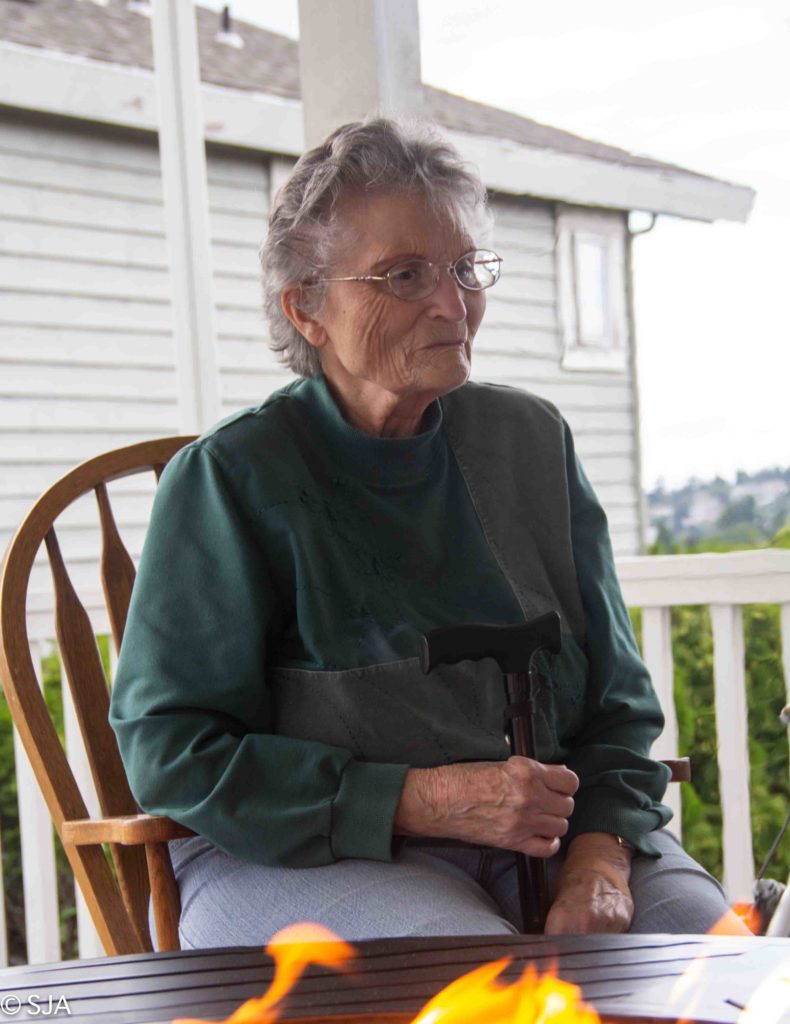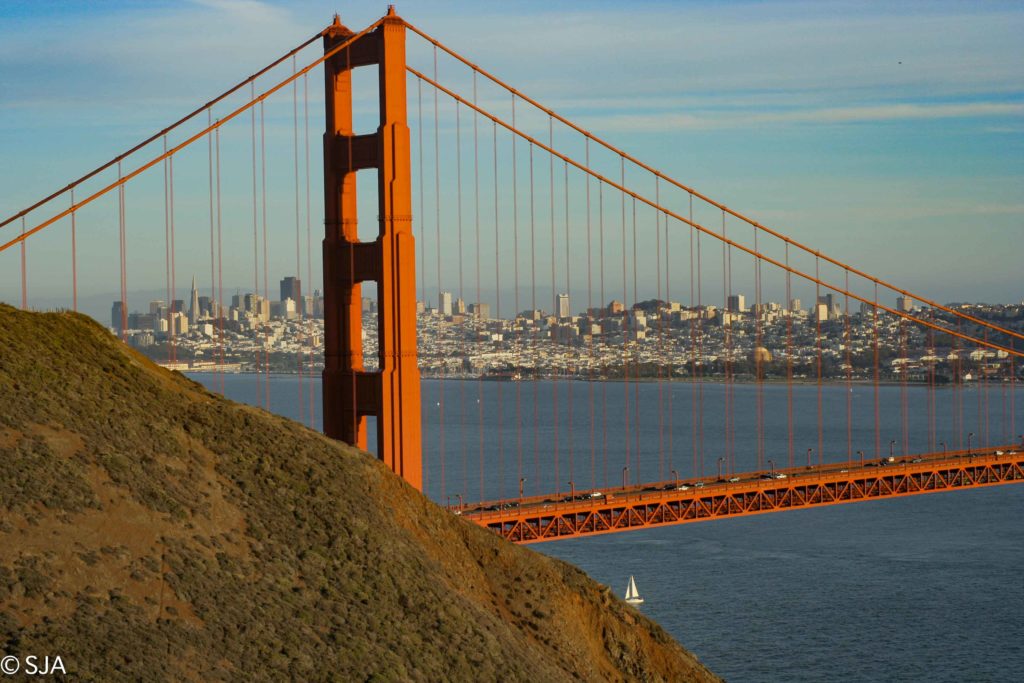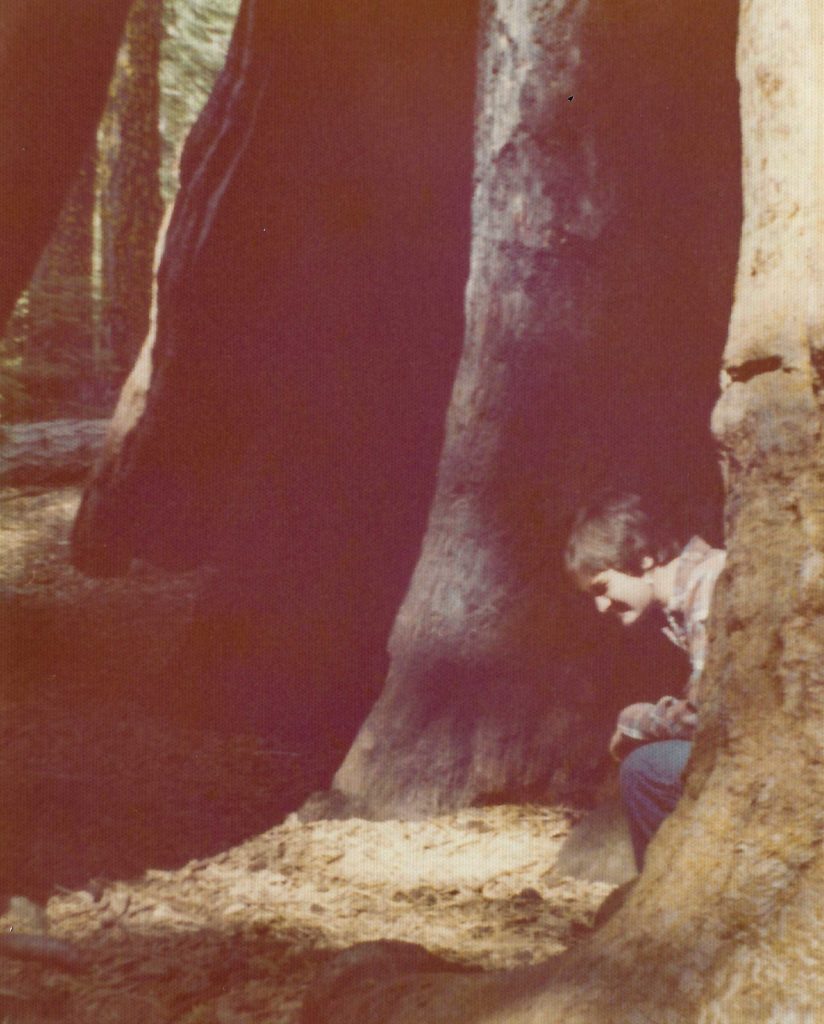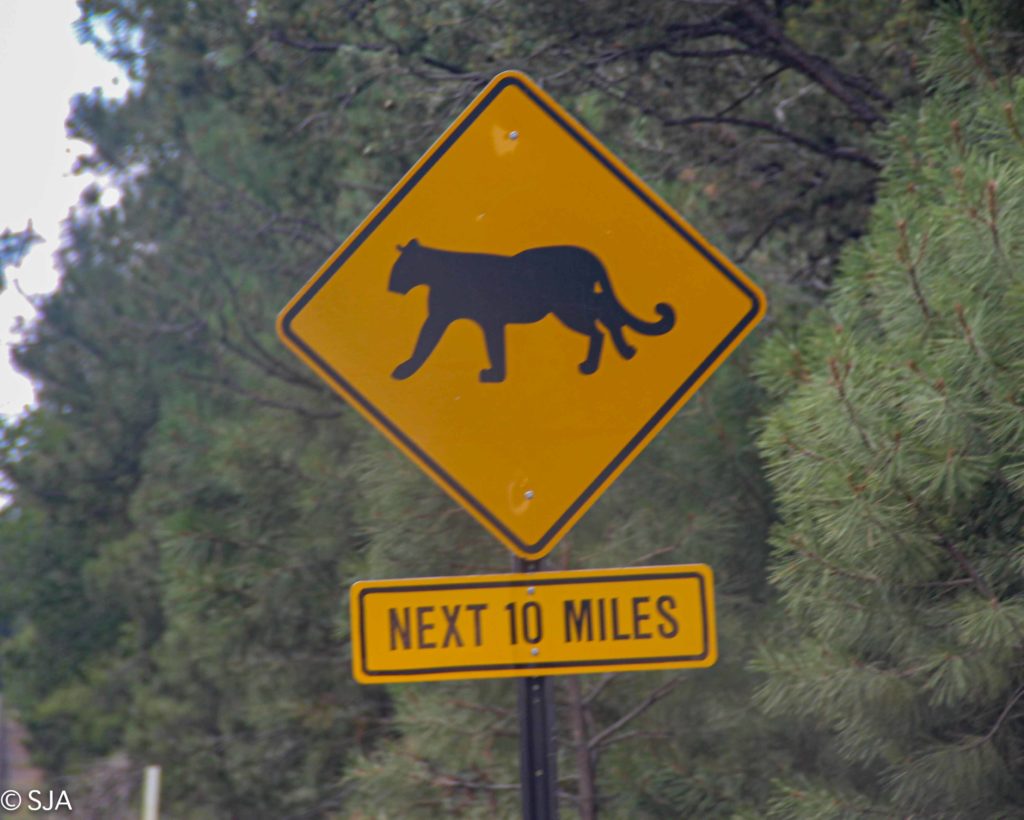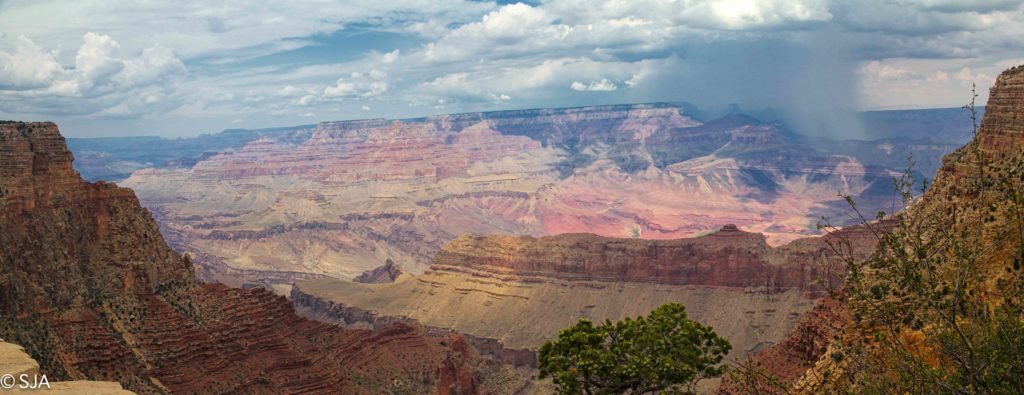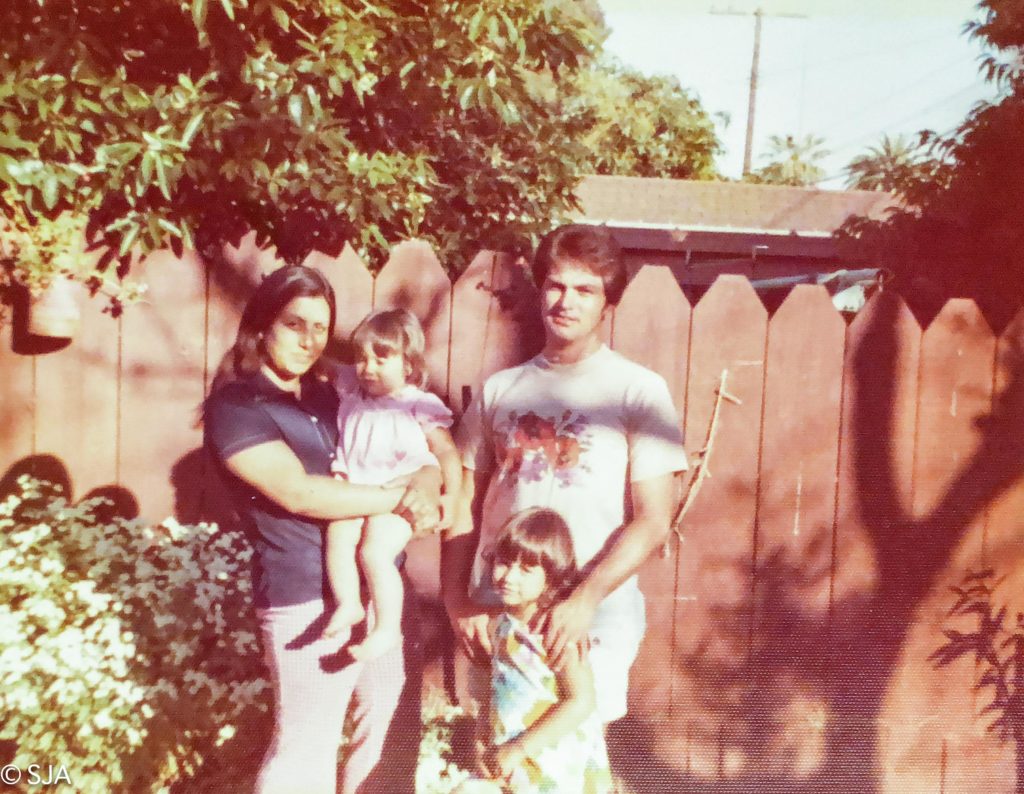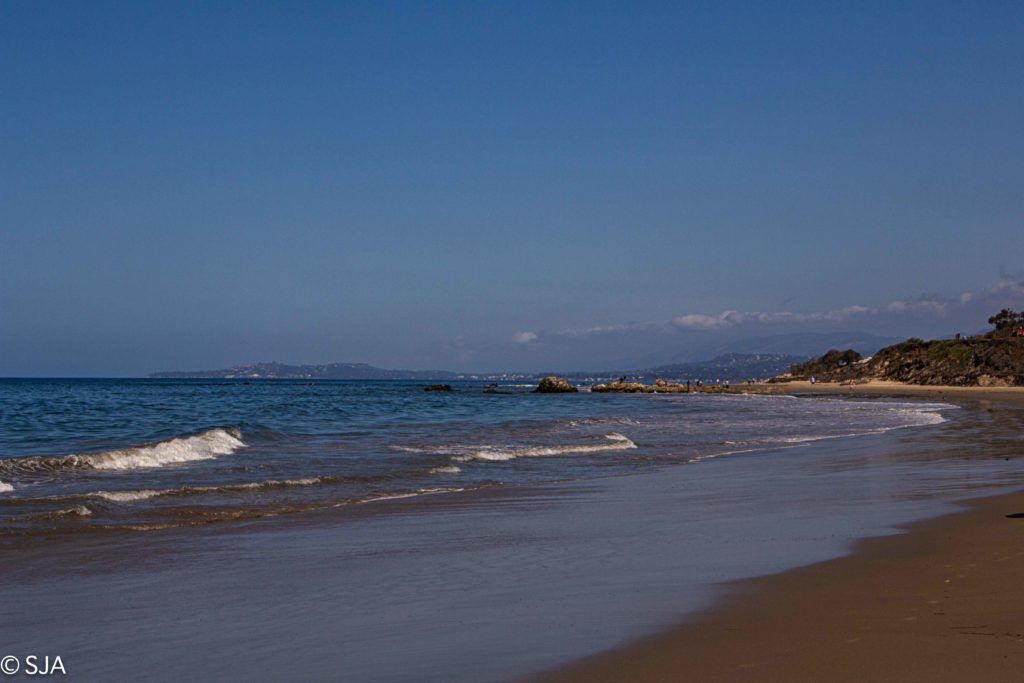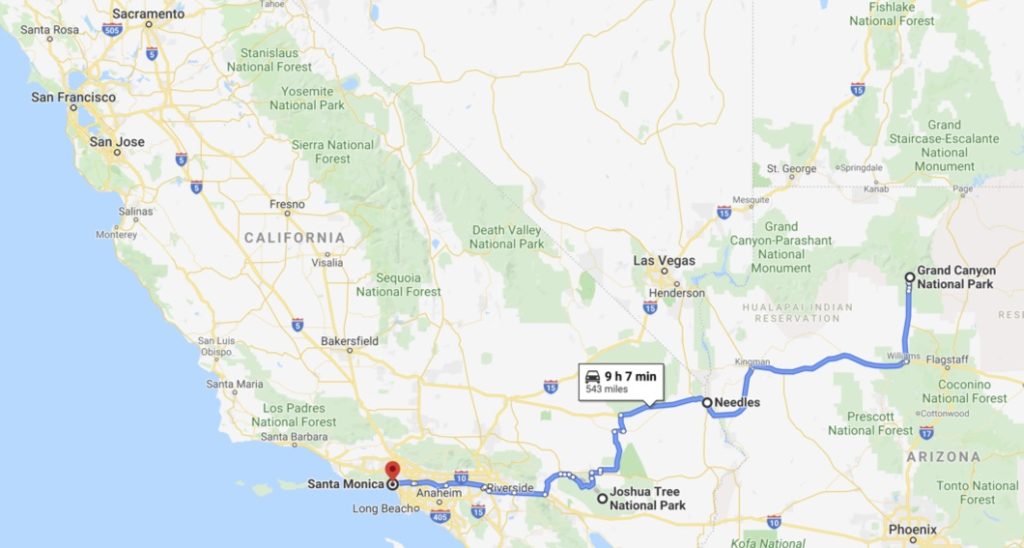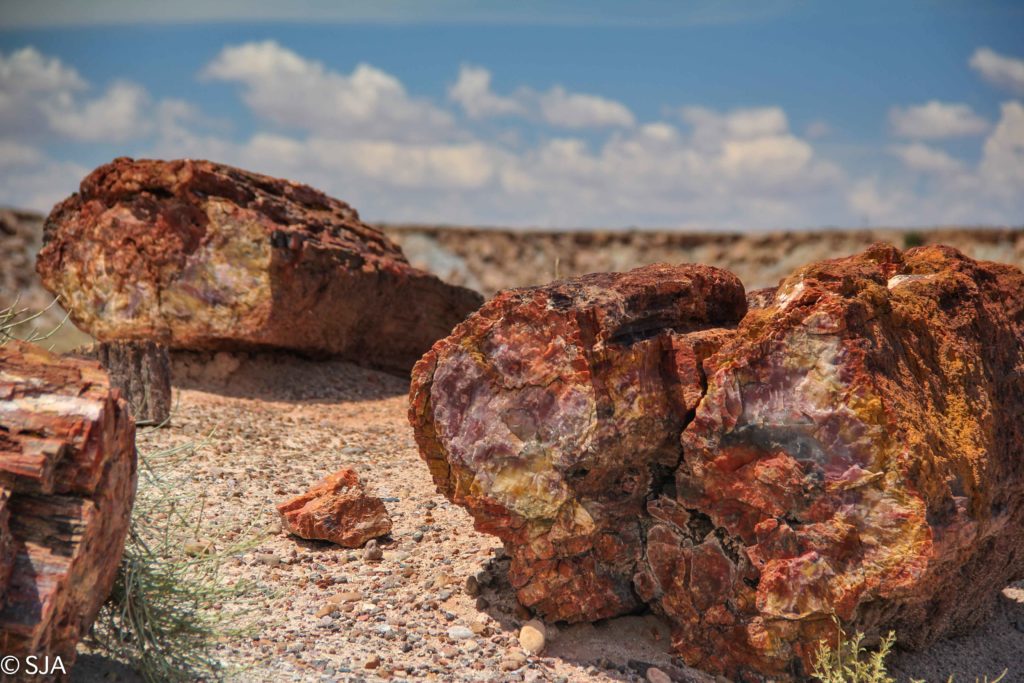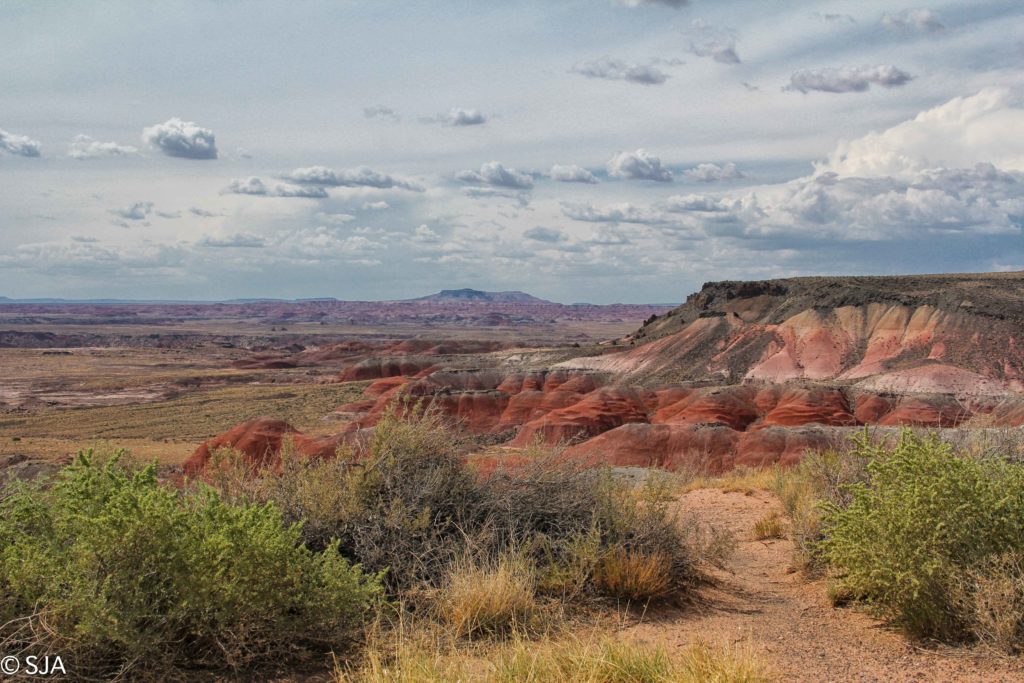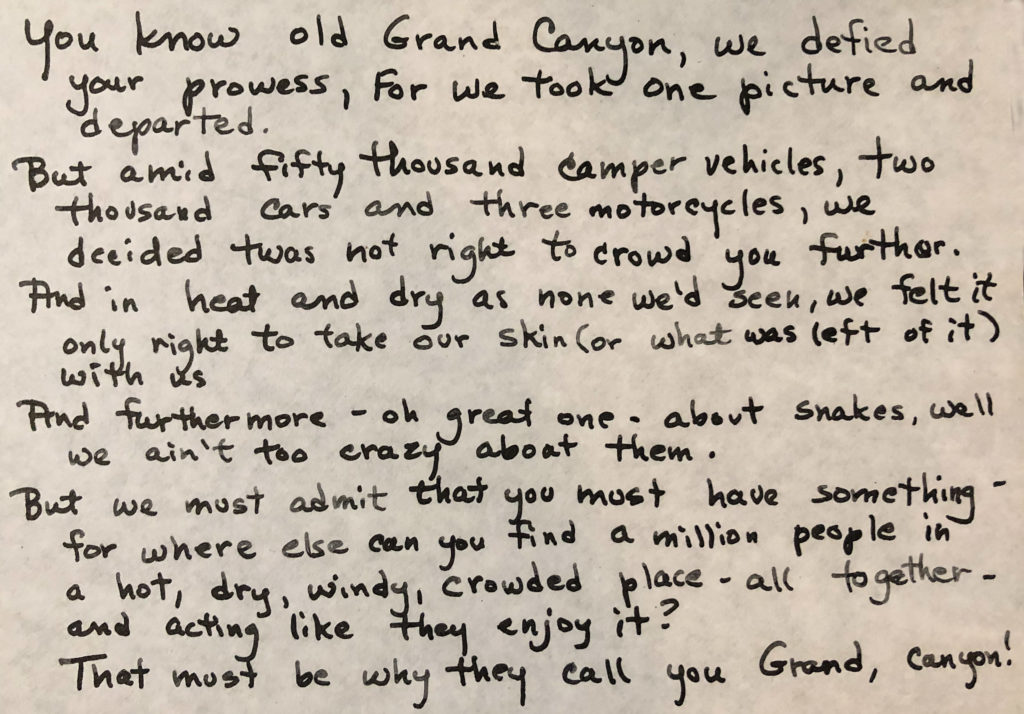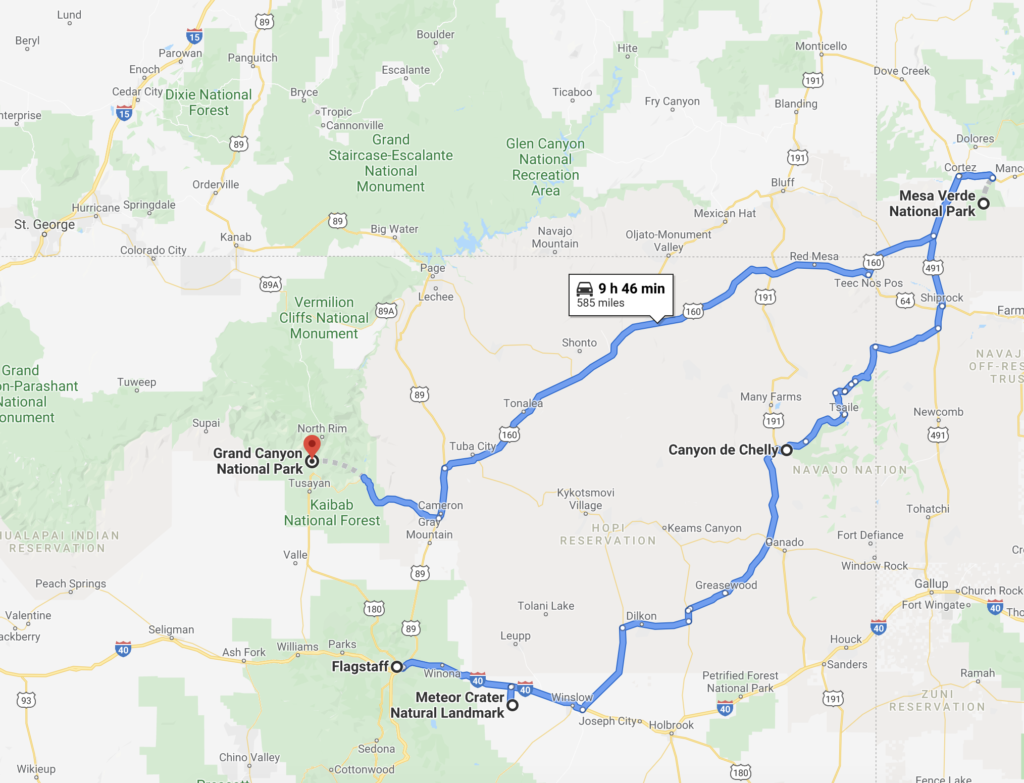Cross Country (Part Twelve)

Olympic Mountains and Dungeness Spit
Leaving Uncle Sid’s place wasn’t so bad because we had Uncle Sid with us as we headed to Big Sky Country. We left behind Hurricane Ridge where we had our adventure with Chuley (the dog) and Uncle Sid. We passed Dungeness Spit, between Port Angeles and Sequim, along the Strait of Juan de Fuca where we had walked the beach with Aunt Lois. The Strait, named for the sailor who reputedly discovered it for Spain in 1592, separates Vancouver from the Olympic Peninsula. We drove along the road that curved around Discovery Bay, then took the ferry from Port Townsend crossing the northern end of Puget Sound, called Admiralty Inlet, to the town of Coupeville on Whidbey Island.
Though we had driven along much of the coast from California to Washington, this land of waterways was still foreign to me, though no less fascinating. Standing on the deck of the ferry with the wind and spray of salt water in my face was somehow refreshing and relaxing. The small town of Coupeville was interesting. Years later, I visited that area again. There was just something special about eating in a quaint café that stands on stilts. Big windows allowed for a view of Historic Coupeville Wharf while looking out across the inlet as birds dove into the water to catch their next meal or foraged along the shore covered with rocks and shells. The sounds of birds and foghorns, the smell of salty air and the décor of nets, anchors, fishing relics and shells, all reflected the atmosphere to match the weather-beaten clapboard buildings of the coastal town – laid back, hospitable, rustic.
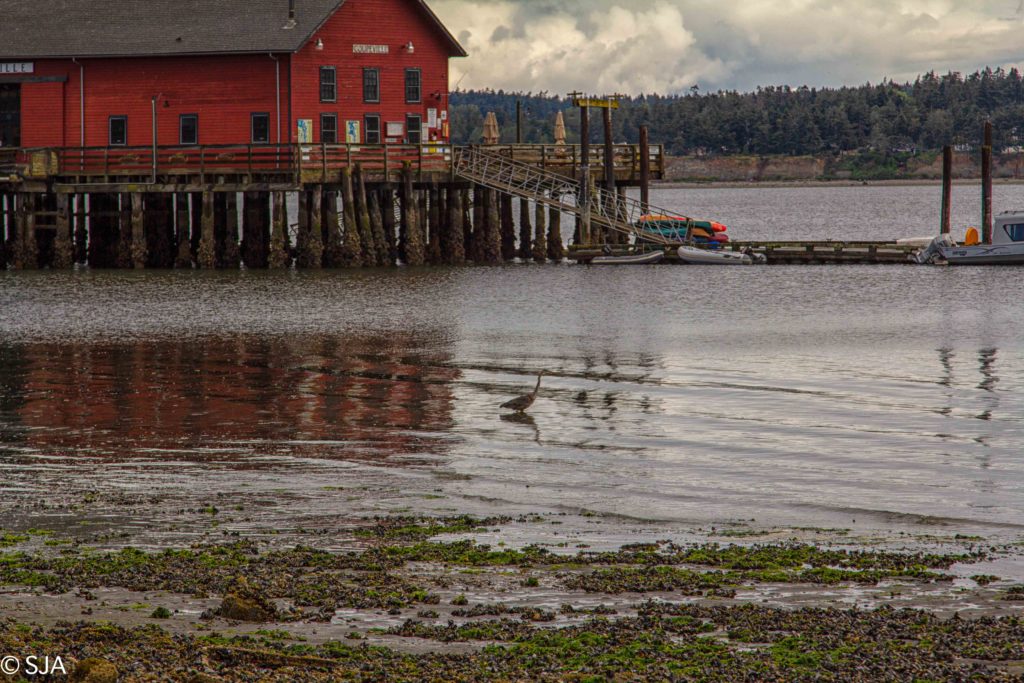
Historic Coupeville Wharf 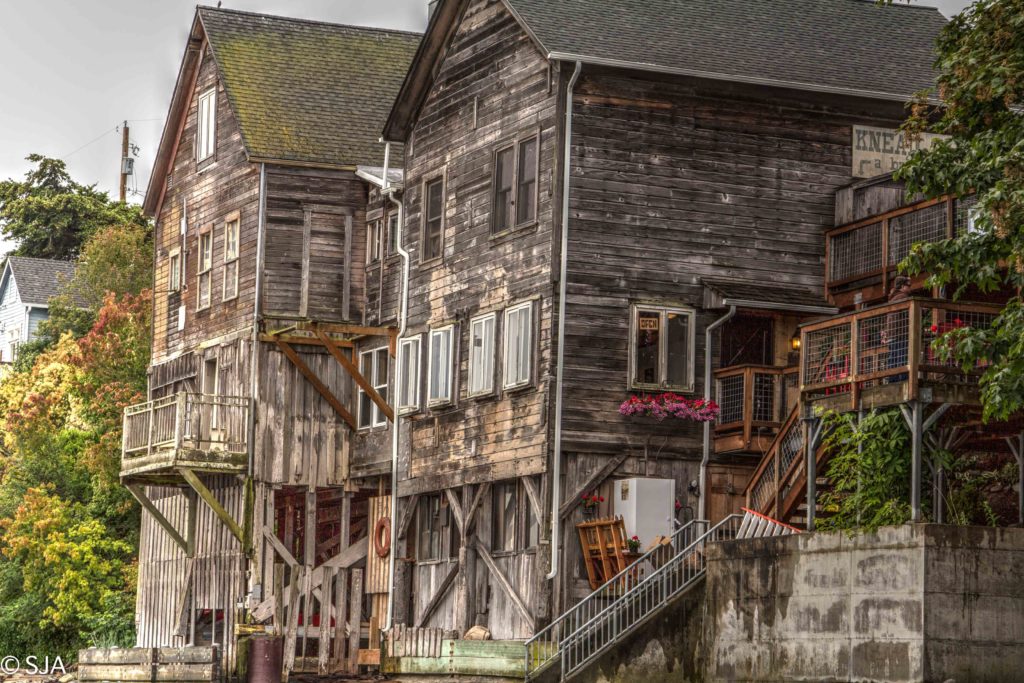
We crossed the emerald green waters of Deception Pass. It wasn’t long before we followed the Skagit River and heard the Northern Cascades call our names. I have had the opportunity to travel that road more than once, even into the Canadian Cascades. That is beautiful country. One thing that surprised me was the color of the water, especially the larger bodies of water. It was really evident in the waters of Diablo Lake. The emerald color is so intense because of the surrounding glaciers that grind rocks into powder, called glacial flour. It stays suspended in the lake, giving it that brilliant color. The lake, also called “Emerald Lake,” has been described as the “emerald-green jewel of the Northern Cascades.” Words don’t give it justice. How can I paint a picture with words to display the beauty and wonder of such a place?
The road wandered through the mountains, sometimes the curves so sharp we almost met ourselves on the other side. Douglas fir, redcedar, western hemlock and spruce trees dominated the forests of the Cascades. Alpine meadows opened up to display their splash of color as a variety of wildflowers bloomed and raised their faces to the sun, glad to shake off the cold. The wind blew high in the trees, slowing as it descended into the valley and danced over the emerald green waters of the lake and creeks. Waterfalls cascaded down the mountainside and joined other streams that bounded into the valleys below.
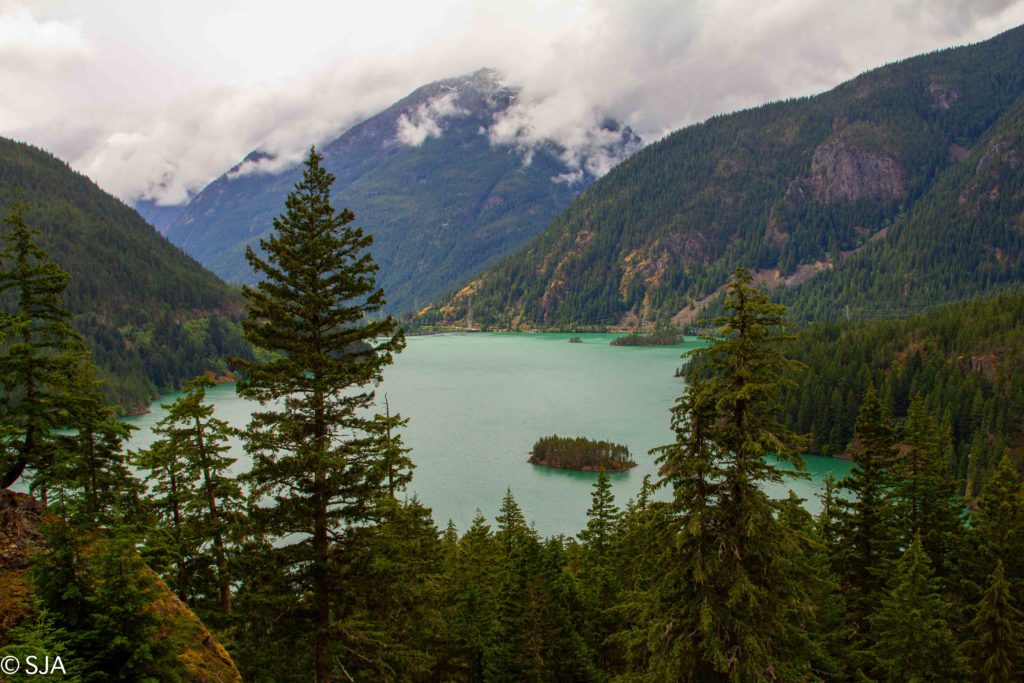
Diablo Lake
I didn’t know until many years later, specifically in the Winthrop area, that we traveled through part of the country that holds one of the mysteries of my Great Great Grandfather on my mom’s side of the family. That’s a story for another day. Our road took us past Coulee Dam and into Idaho. We stopped somewhere near Coeur d’Alene to visit another Great Uncle, my Grandfather’s brother, on my mom’s side of the family. He wasn’t home. So, what did we do? We opened the door, went in the house, got a drink of water and left a note on the table. We were sorry to miss him. I had only seen him once or twice and would have loved to have been able to know him a bit better.
We didn’t wait long because we were anxious to get to Big Timber. With Uncle Sid telling us family stories and other tales, it seemed the time flew by. Memories were triggered as we passed through each part of the state. Oh, how I wish I had all those stories recorded! Just being in Montana made me feel like I was home. To see it with Uncle Sid riding shotgun made it exponentially more special. What a great treasure! Before long, we turned into my Grandmother’s driveway. And so began another series of fortunate adventures in Big Sky Country!
The map program won’t let me track the road through the National Park but we took the road from Diablo Lake to Winthrop where the second map picks up.
